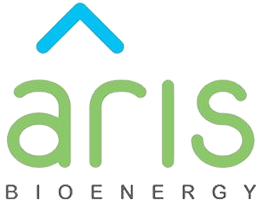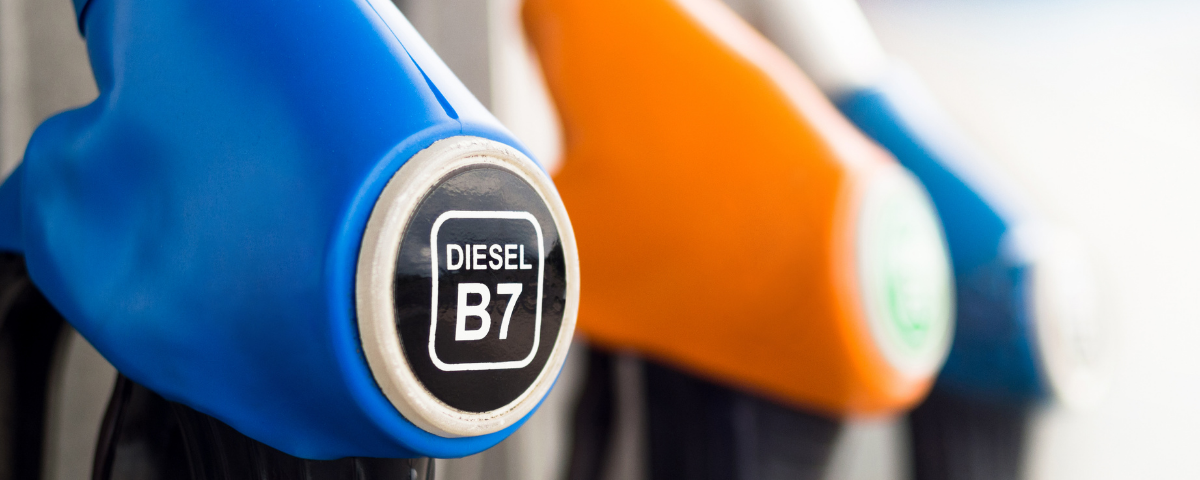BioDiesel is functionally as effective as petroleum diesel. It is developed from vegetable or animal fats and is environmentally friendly. As compared to petroleum diesel, BioDiesel emits a lesser volume of carbon dioxide and sulfates. The emission of cancer-causing compounds is also marginal with BioDiesel.
There is a growing demand for replacing traditional fossil fuels with BioDiesel in the automotive industry. BioDiesel can be readily used in the existing vehicles, engines without any vehicle modifications. It can be blended with petroleum diesel or used as a pure fuel (B100). For many diesel engines, the injection system is dependent on the fuel for lubrication. The fuel will provide lubrication, as per its lubricity. Petroleum diesel with its low lubricity can lead to decreased performance and premature collapse of the injection system.
However, with BioDiesel, the life of the engine is considerably enhanced since it provides high lubricity to the fuel injection arrangement.
Often, BioDiesel is used in a blended form. Owing to the dearth of BioDiesel, it is not used as a pure fuel. When blended, the alphabet ‘B’ represents the amount of BioDiesel that is present in the fuel. So for example, B20 would mean that 20 percent BioDiesel has been blended with 80 percent petroleum diesel. The final product will be called B20.
B5, i.e 5 percent BioDiesel, and B20, i.e. 20 percent BioDiesel are most commonly used. B20 is a balanced blend in every way, be it cost, winter performance, or emissions. BioDiesel users prefer B20 or a lower blend for their daily use. Also, with BioDiesel blends as low as 5 percent, the lubricity of ultra-low sulfur diesel can be significantly increased, thus enhancing the life of the fuel injection structure. Most BioDiesel suppliers purchase it in bulk, keep it in a dedicated tank. Later they blend it with fossil diesel.
From the ’90s till the early 2000s, when the commercialization of BioDiesel had just begun in the world, pure BioDiesel used to be available at the pump in certain countries, like Germany. However, due to the scarce supply of BioDiesel, the trend has been to limit the blending level of BioDiesel. Most of the manufacturers in Europe have B7 as the accepted blend level.
In Germany, the BioDiesel blends and sales recorded an all-time high in the year 2020. To add to this, starting 2022, in favor of environmental preservation, Germany intends to have an ambitious increase in the blend levels.
The Government of India also aims to reduce the nation’s carbon footprint by the year 2030, by 30-35 percent. Towards this goal, one of the key action points is to blend 20 percent ethanol in petrol and 5 percent BioDiesel in diesel, besides many other initiatives.
For more information chat with us 917304745554




